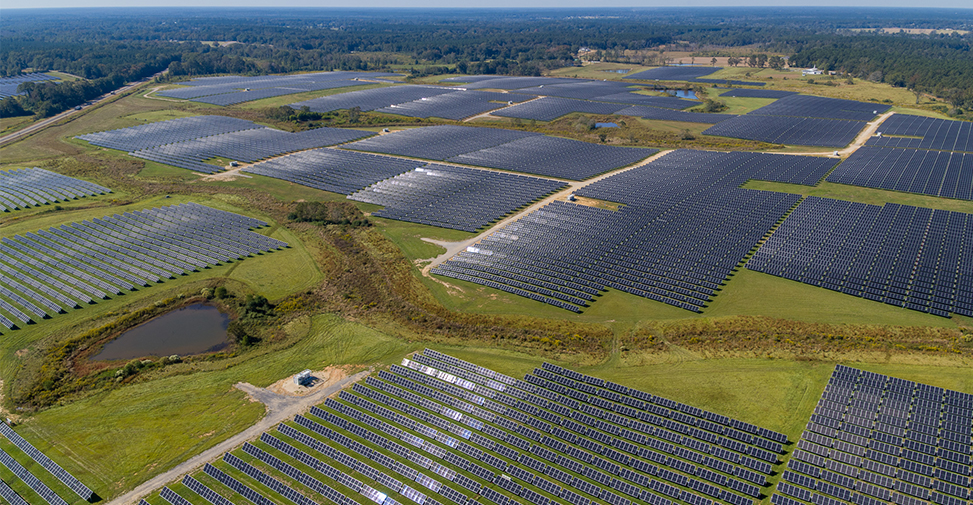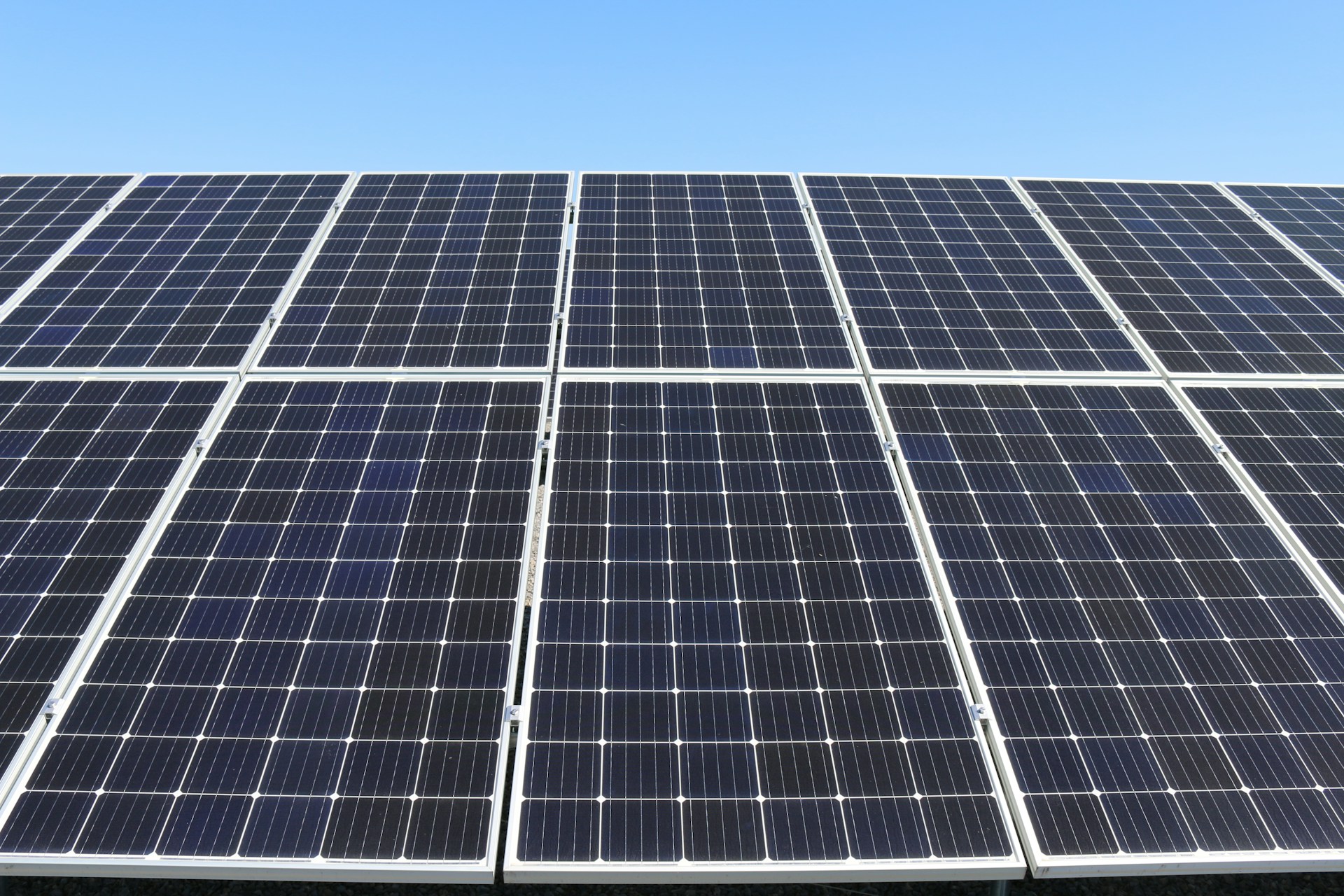AsianScientist (Jan.6, 2019) – A team of scientists in Japan has used carbon nanotubes to reliably create perovskite crystal layers free of defects and holes. Their findings, published in the journal Solar RRL, could improve the performance of perovskite-based solar panels.
Perovskites are a class of synthetic materials which convert sunlight into electricity. However, current methods of producing perovskites often result in imperfect crystal lattices which compromise the efficiency of energy conversion.
In the present study, researchers led by Professor Keiko Waki at Tokyo Institute of Technology, Japan, found a way to bond carbon nanotubes (CNT) to perovskite to improve the latter’s efficiency and stability.
Crucially, the researchers used not just pure CNTs, but also CNTs that bore oxygen-containing functional groups in their structure. The result was enhanced crystallization of perovskite and better interfaces between perovskite and the CNTs.
The researchers also demonstrated the superior electrical performance of perovskite cells with functionalized CNTs over those with pure CNTs. They further noted that larger crystals and fewer surface defects occur when using functionalized CNTs. In addition, the functionalized CNTs greatly improved the contact between the two materials and protected the perovskite from moisture.
“We hope this study contributes toward the production of perovskites with higher stability and reproducibility,” said Waki. Waki’s team envisions that their findings will pave the way for the development of cleaner, renewable sources of energy to reduce the environmental impact of society’s reliance on fossil fuels.







